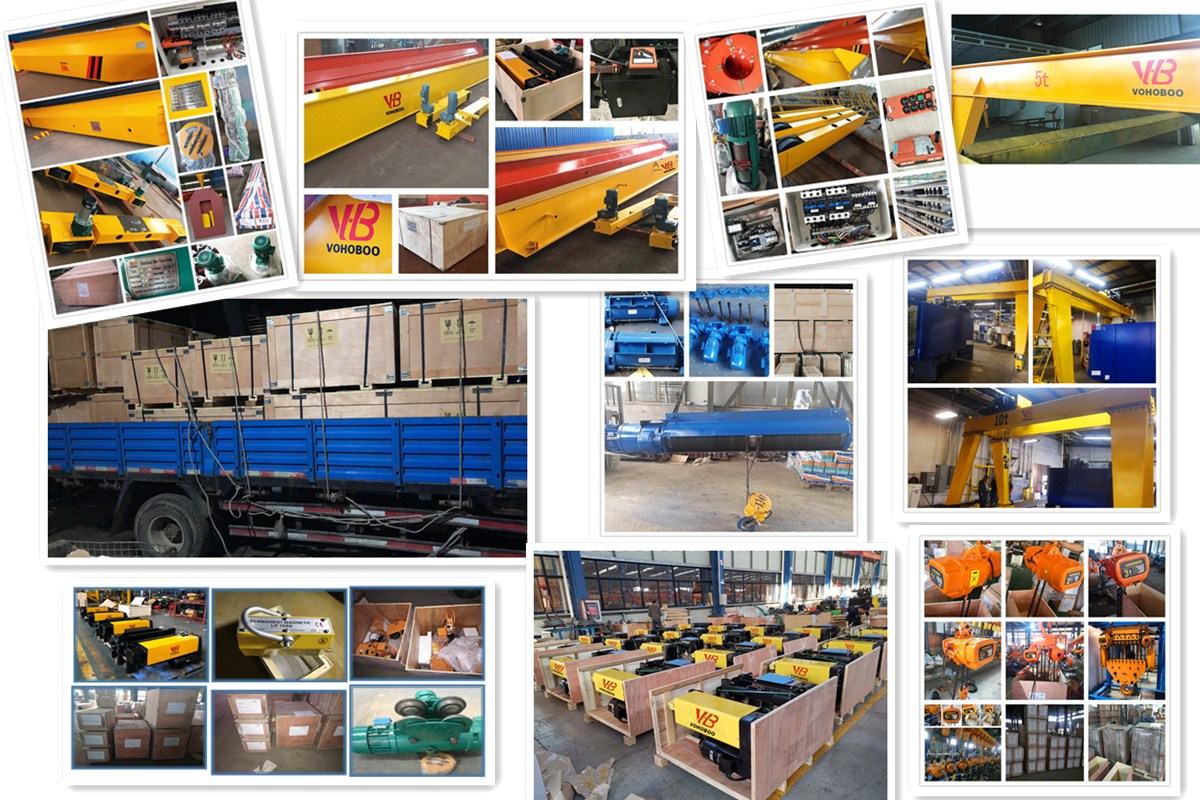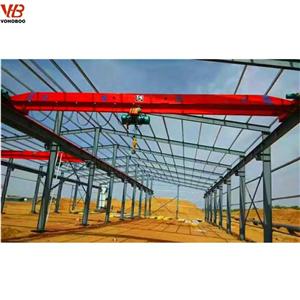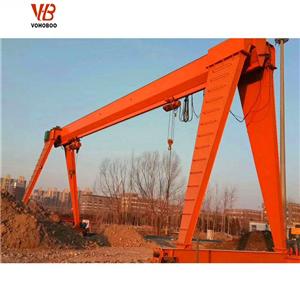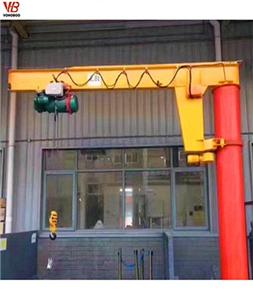Crane anti-sway technology features
In order to ensure the stability of the crane during the operation, it is specially designed with anti-sway technology. This technology has three obvious characteristics, one is stable, which can effectively reduce the sway of materials during lifting; the other is fast It helps to improve the efficiency of the crane; the other is the standard, which means that the crane can be positioned.
When the material is in the process of walking, due to the operation error of the moving direction, the rapid change of the moving direction, the sudden start or stop of the crane, and the acceleration or deceleration during the running, the lifting of the lifting spreader will be greatly increased. Greatly reduce the working efficiency of the crane.
For lifting equipment and the handling industry with frequent loading and unloading, it is necessary to reduce the swing time of the spreader and improve the work efficiency. It is necessary to install the anti-sway device. Cranes with anti-sway devices, whether starting, stopping, accelerating or decelerating, are only slightly shaken.
Under the demand of heavy lifting, high work level system requirements and fast working speed, customers have put forward higher requirements for crane reliability and energy consumption reduction. However, in some industries or high-frequency cargo handling, the large swing of the station crane increases the work cycle time, which cannot meet the user's demand for high frequent and high-tempo production, and increases the operating cost.
Fortunately, there is now anti-sway technology, which can help the crane to place the hanging object in the designated position, which can save at least 20-30% of the time. Especially when the crane is hoisting large molds or other large heavy goods, this technology also implements the jog function to transport the material to the exact position.





